Obscure Broad-leaf Evergreen of the Week - Dendropanax
Dave in NoVA • N. Virginia • zone 7A
9 years ago
Related Stories
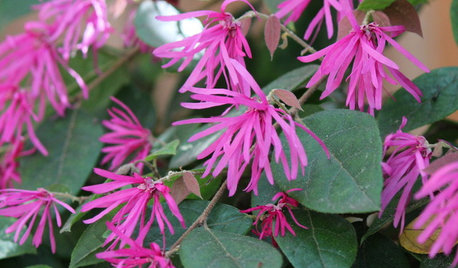
FLOWERSGreat Design Plant: Fringe Flower's Star Rises
Thank plant breeders for all the exciting new variations of this useful and easygoing flowering shrub
Full Story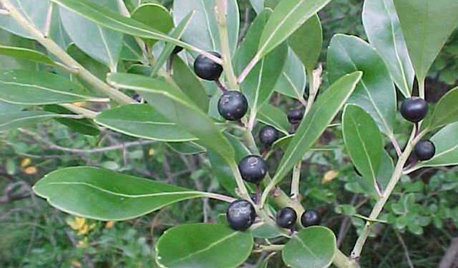
FLOWERS AND PLANTSEasterners: Consider This Native Alternative to Boxwood
Inkberry, or Ilex glabra, excels as a foundation plant or formal hedge perfectly suited to the East Coast
Full Story
LANDSCAPE DESIGNGarden Designer Chooses the Timeless Over the Trendy
This lush and restful garden provides a place for a family to retreat from their busy lives
Full Story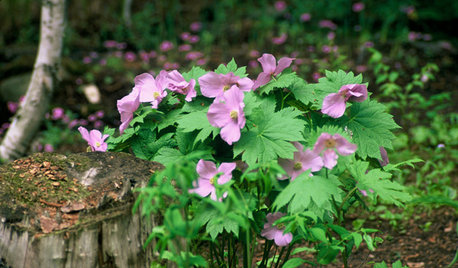
GARDENING GUIDES7 Shade-Loving Rarities of the Plant World
Cultivate a discriminating air in a shady garden patch with these uncommon woodland wonders
Full Story
TREESGreat Design Plant: Southern Magnolia, Iconic U.S. Native
Massive, fragrant blooms and deep green leaves set Magnolia grandiflora apart from other large shade trees
Full Story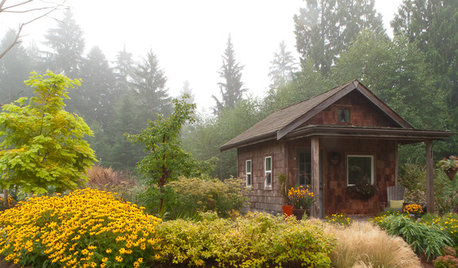
PLANTING IDEASGreat Garden Combo: A Fall Landscape Scene That Lasts
Span the seasons with trees, shrubs and grasses that offer color and texture in abundance
Full Story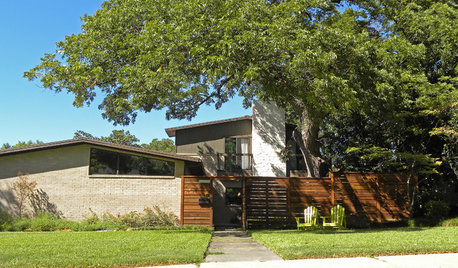
WORKING WITH PROSInside Houzz: How to Contact a Home Pro and Get Your Project Going
When you're ready to begin that remodeling project or landscape design, here's how to contact a pro on Houzz and get started
Full Story
FALL GARDENING7 Reasons Not to Clean Up Your Fall Garden
Before you pluck and rake, consider wildlife, the health of your plants and your own right to relax
Full Story
FALL GARDENING11 Trees for Brilliant Fall Color
Give your landscape the quintessential look of autumn with the red, orange and yellow leaves of these standouts
Full Story
GARDENING GUIDESHow to Keep Your Citrus Trees Well Fed and Healthy
Ripe for some citrus fertilizer know-how? This mini guide will help your lemon, orange and grapefruit trees flourish
Full Story





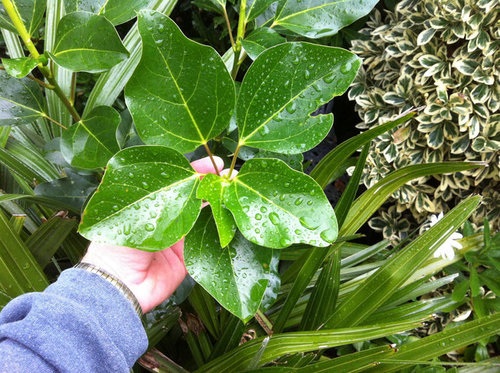
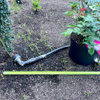

davidrt28 (zone 7)
Dave in NoVA • N. Virginia • zone 7AOriginal Author
Related Professionals
Walnut Landscape Architects & Landscape Designers · Hartford Landscape Contractors · Burien Landscape Contractors · Eureka Landscape Contractors · Laguna Hills Landscape Contractors · Soddy Daisy Landscape Contractors · Wentzville Landscape Contractors · Glenview Driveway Installation & Maintenance · San Jose Driveway Installation & Maintenance · Carmel Decks, Patios & Outdoor Enclosures · Cincinnati Decks, Patios & Outdoor Enclosures · Haddonfield Decks, Patios & Outdoor Enclosures · Hockessin Decks, Patios & Outdoor Enclosures · Lancaster Decks, Patios & Outdoor Enclosures · Tooele Decks, Patios & Outdoor EnclosuresEmbothrium
davidrt28 (zone 7)
davidrt28 (zone 7)
davidrt28 (zone 7)
johncrthomas
davidrt28 (zone 7)
davidrt28 (zone 7)
davidrt28 (zone 7)
davidrt28 (zone 7)
davidrt28 (zone 7)
Dave in NoVA • N. Virginia • zone 7AOriginal Author
davidrt28 (zone 7)
davidrt28 (zone 7)
Dave in NoVA • N. Virginia • zone 7AOriginal Author